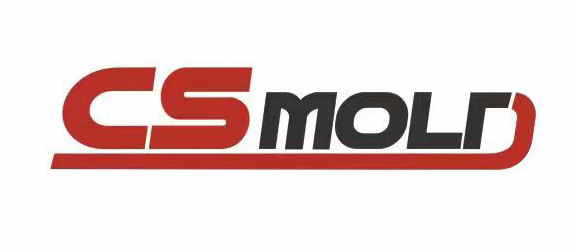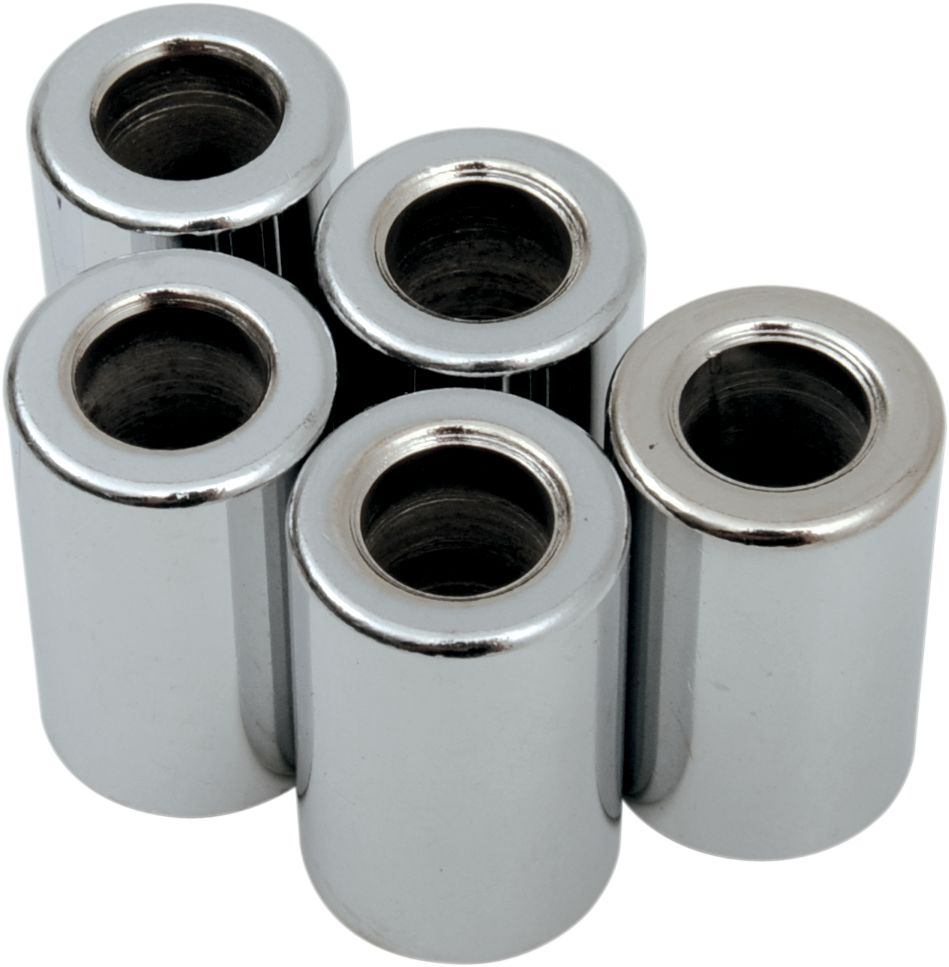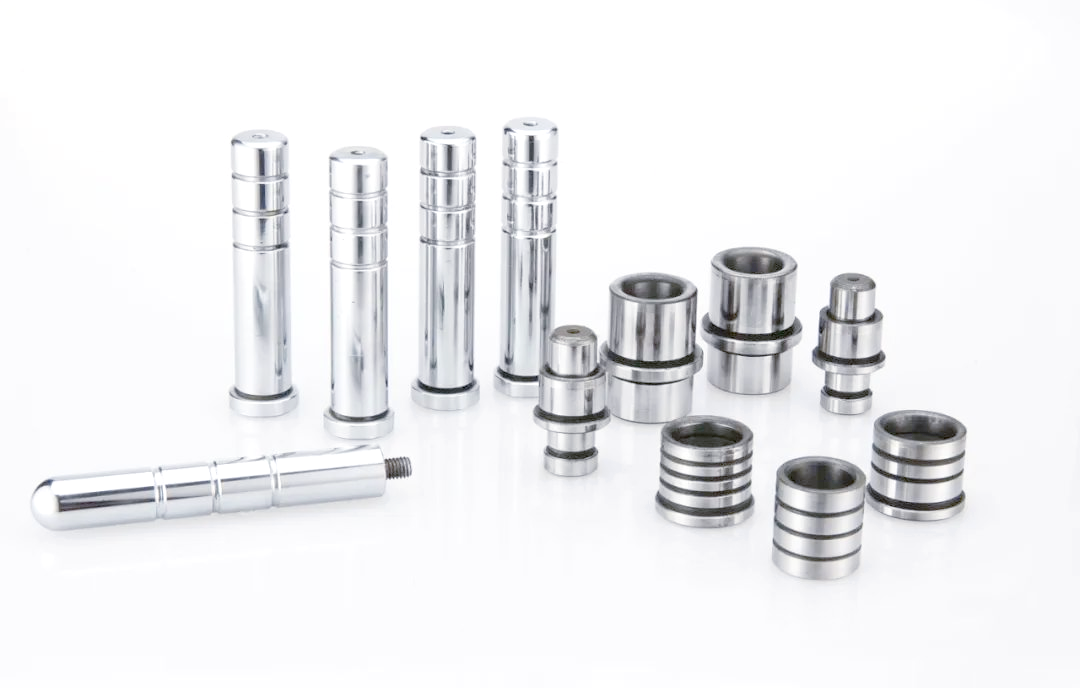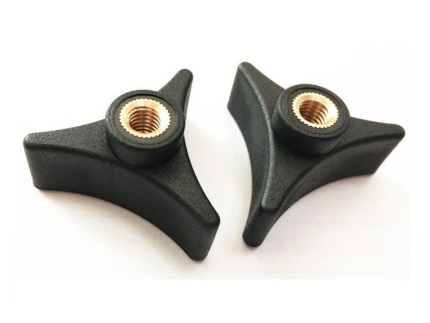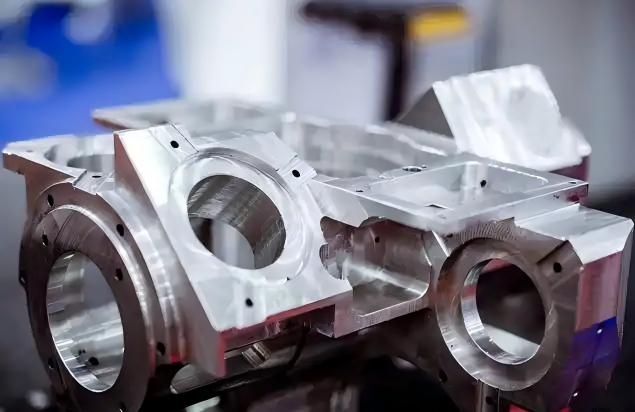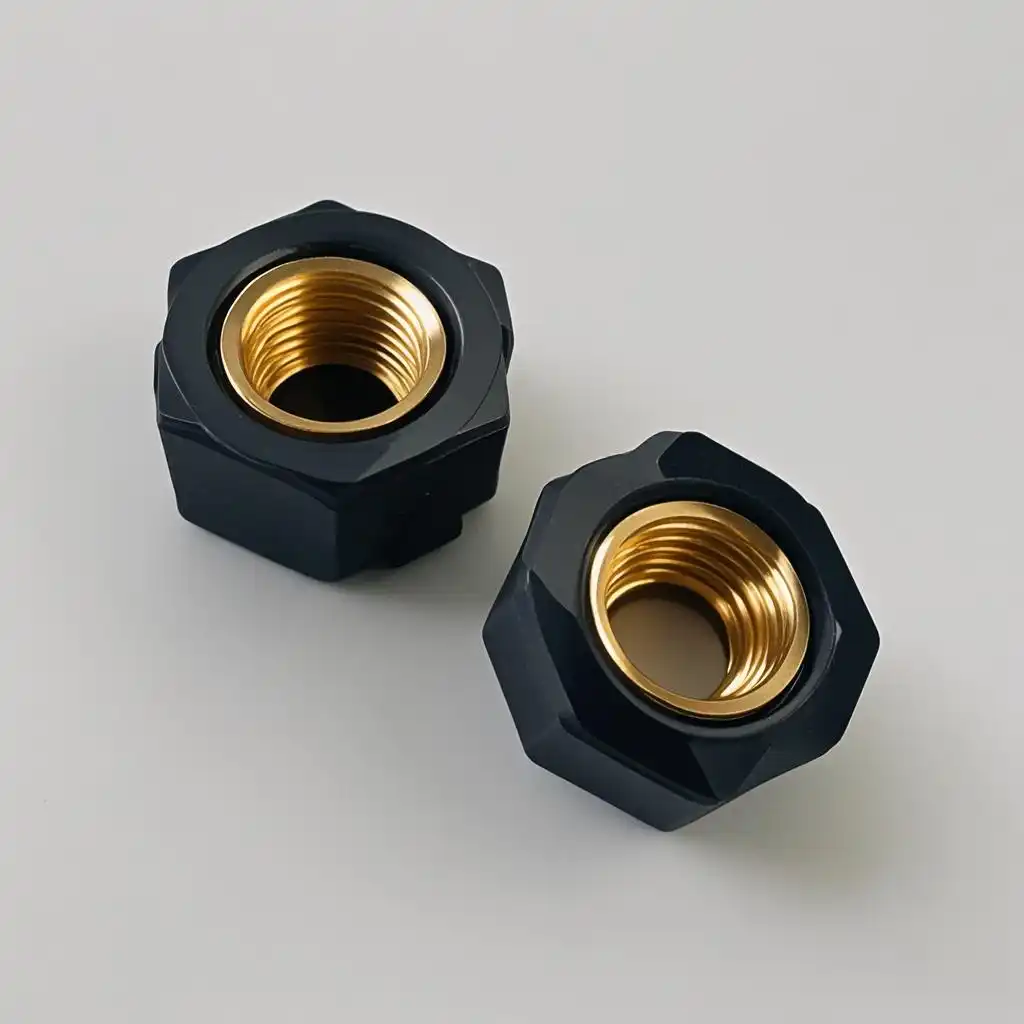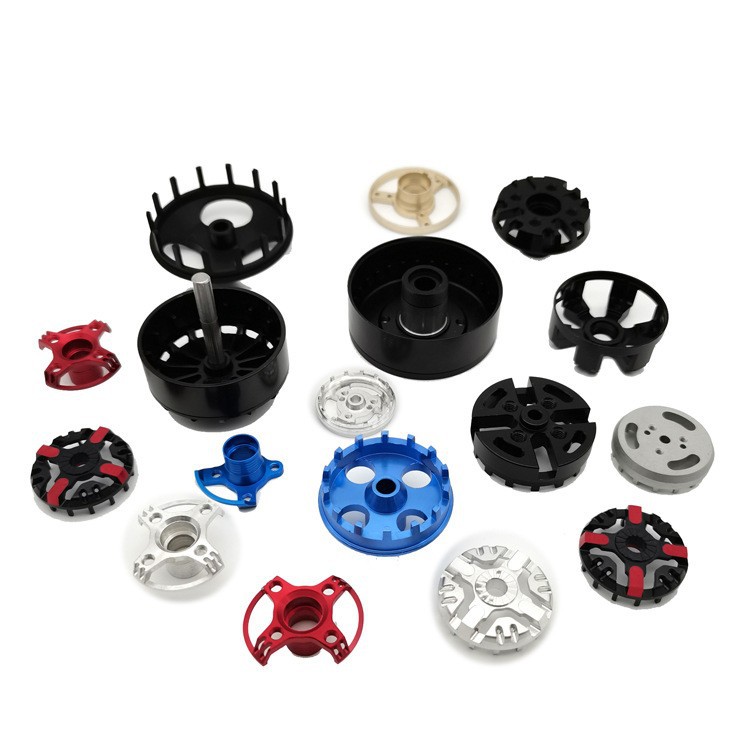
With the continuous advancement of drone technology and the expansion of its application scenarios, the drone market is experiencing rapid growth. In the rapidly evolving world of drone technology, the importance of surface treatment for drone components cannot be underestimated. Proper surface treatment is more than just a finishing touch; it is a key factor in determining component performance, durability, and functionality.
I.The Importance of Surface Treatment
Surface treatment plays several key roles. It enhances corrosion resistance and protects components from a variety of natural factors, from strong UV rays in outdoor applications to the corrosive effects of moisture in humid environments. This is particularly important for drone vehicles and equipment operating under harsh conditions. Surface treatment also improves wear resistance, ensuring that components can withstand the mechanical stresses of continuous use. A well-treated surface also enhances component aesthetics, which is crucial for product branding and user recognition.
II.Common Surface Treatment Options for Drone Components
① Anodizing
Anodizing is a popular option, particularly for aluminum components. By forming a thick, protective oxide layer on the surface, anodizing significantly improves corrosion resistance. It also increases the material’s hardness and enhances wear resistance. Anodized surfaces can be further colored, increasing design flexibility. For example, in drone frame production, anodized aluminum is a lightweight, durable solution capable of withstanding the rigors of flight.
② Powder Coating
Powder coating involves spraying a dry powder onto a part’s surface and then curing it with heat. This creates a tough, durable surface that provides excellent corrosion and wear protection. Powder coating offers a wide selection of colors and textures, allowing for customization. It is often used on parts for unmanned ground vehicles, which require a durable, aesthetically pleasing surface finish.
③ Electroplating
Electroplating involves depositing a thin layer of metal on a part’s surface. For example, chrome plating enhances a part’s appearance while providing corrosion resistance and increased hardness. Nickel plating is also common, offering excellent wear resistance and corrosion protection. Electroplating is suitable for a variety of unmanned components, such as small parts in robotic systems that require a smooth, corrosion-resistant surface.
④ Polishing
Polishing improves a component’s surface finish, reduces friction, and enhances its appearance. It is often used for parts that require a smooth surface for proper operation, such as optical components in drones or precision-machined parts in robotic arms. Depending on the material and the desired effect, different polishing methods, such as mechanical polishing and chemical polishing, can be used.
III.Choose a professional partner and CS Molding will ensure your components are delivered to the highest standards.
CS Molding has extensive experience providing surface treatment services for unmanned systems. Our state-of-the-art facilities and skilled technicians enable us to precisely perform a wide range of surface treatment processes. We work closely with our customers to understand their specific needs, whether it’s enhanced corrosion resistance for marine applications or a specialized aesthetic finish. Our commitment to quality ensures that every component we process meets the highest industry standards.
When choosing the right surface treatment for unmanned systems, there’s no one-size-fits-all solution. The optimal choice depends on factors such as the component’s material, intended use, environmental conditions, and aesthetic requirements.
CS Molding will guide you through this decision-making process and leverage our expertise to provide the optimal surface treatment solution for your unmanned system. Contact us today to discuss your project and let us help you achieve the perfect surface finish.
